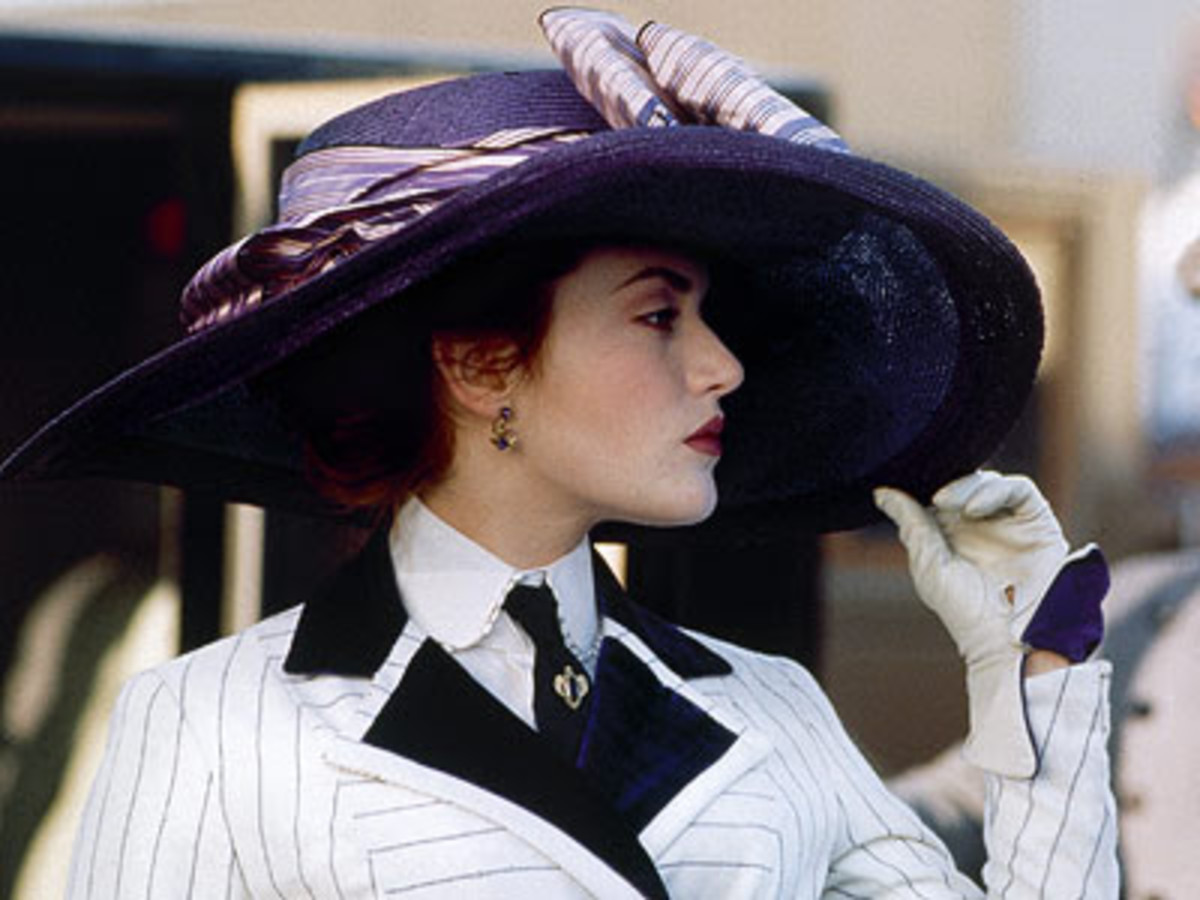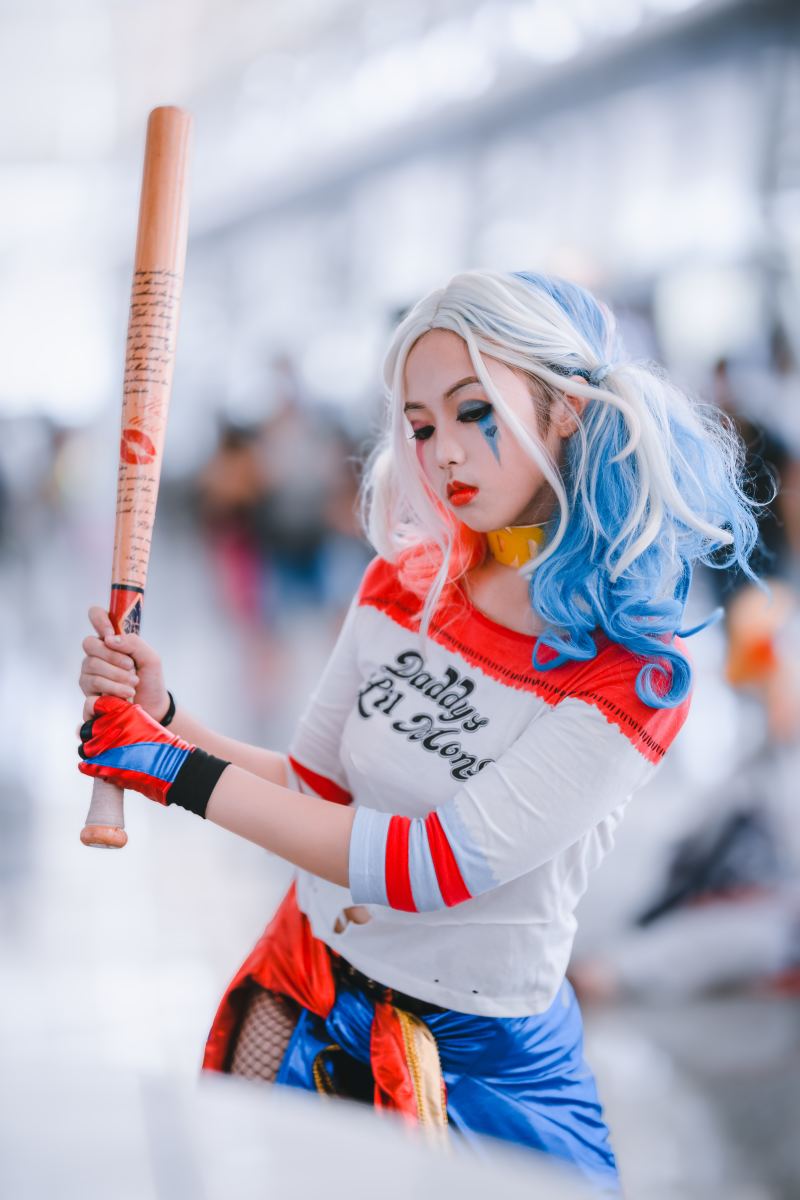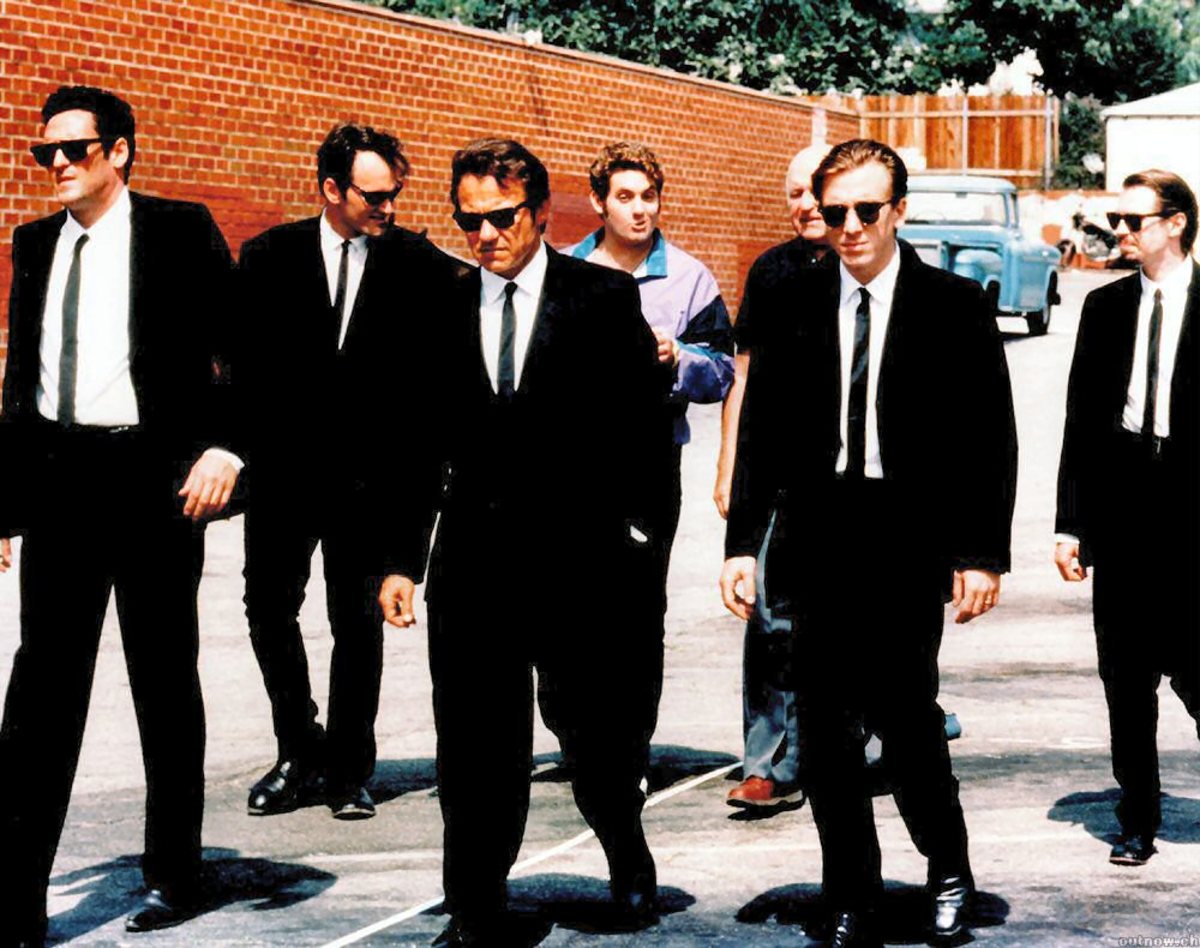- HubPages»
- Fashion and Beauty»
- Clothing»
- Costumes & Uniforms
Traditional Japanese Clothing for Men
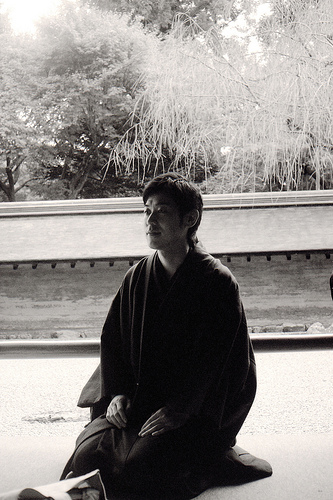
Traditional Japanese Clothing for Men
Japanese culture is one of the most ancient cultures of our civilization. It has its unique world outlook and vision. Philosophy of Japan is reflected in its culture, visual arts, martial crafts, and other areas of human activity. In the present article we will review traditional Japanese clothing. As the theme of traditional Japanese clothing is very vast the article is divided into several categories.
General outlook
There are different types of traditional Japanese clothing - though all of them can be called “kimono” – as the word stands for a “thing to wear” or “something one wears”. The plural form would be either kimonos or kimono. At first kimono meant any Japanese clothing but the meaning of the word has altered later and now it means a special design of Japanese garment. Now in the wider sense the word “wafuku” is used.
In Japan, kimonos were traditionally worn by men, women, and children. Now this long ornamented garment is easily recognized world-wide as Japanese traditional clothing. There are numerous styles and decorative elements that materialize creative and philosophical message of a kimono. Originally they varied per occasion, season, social class, and occupation. However kimonos for grown-ups do not vary in size – as we are used to think about the western clothing. In order to fit the size one should know the craft of ‘folding’ the kimono. Wearing a kimono requires at least some training. And a deeper knowledge is required in order to be able to correctly put together all other clothing elements that come with a kimono. Thus wearing a kimono is a special art form.
Nowadays kimonos are not as often worn by the Japanese as they used to. Kimonos are mainly worn at festivals, saunas, and other traditional places. But for sure the host of a Japanese family will more likely wear this traditional garment at home, at the party, or on other special occasion. Women do more often wear kimonos.
All kimonos are ankle-long coat and skirt-like garment with long wide sleeves. Normally kimono have many layers, even up to 10. They are made of different fabrics depending on the occasion and season but more often they are made of silk. A key element for both male and female traditional Japanese clothing is the “obi”. It is a key decorative belt-like element of the kimono. Women wear a wide and rich in pattern obi, men – a thin and a more conservative one.
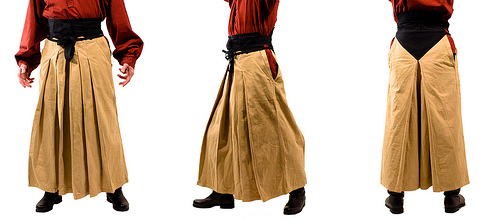
Kimono for Men
There is a number of differences between traditional Japanese clothing for men and that for women. They differ in purpose, style, and color. Clothing for men is not likewise bright in color and pattern as that for women. Male kimonos also differ in design. Now men wear kimonos only at home or at special occasions. Traditionally kimonos for men are “haori” and “hakama”. This clothing is meant more for official events. Let’s have a deeper look at what is haori and hakama.
Hakama
Previously hakama was meant only for men, nowadays, these garments are worn by women as well. Originally it was worn by samurai. Together with other clothing it constituted “kamishimo” outfit. Like other kimonos it has an obi tied at the waist in a special knot. Hakama can be worn with other Japanese traditional clothing but yukata (summer kimono). Hakama can be of two types: with divided legs (“umanori” i.e. horse-riding) and undivided (“andon bakama” i.e. lantern). Umanori hakama was normally worn by forest or field workers. Hakama has seven pleats and four securing straps. Its seven pleats represent samurai aesthetics. There are different types of hakama – either formal or informal. Hakama is common clothing for such martial arts as aikido, kendo, naginata, and iaido. Women can wear it at college graduation or for religious ceremonies.
Haori
Sometimes old kimonos are remade into haori – a kimono jacket. It is shorter than traditional kimono and is worn for a more formal outfit. Originally it was only meant as male clothing. Felame haori are longer in design. Haori does not have an obi but a “himo” - a ribbon like fastened (usually of white color).
Light haori is called happi (mostly worn by shop keepers or servants), a more formal and warm haori is called “hanten”.
This is was a brief review of traditional Japanese clothing for men. The numerous accessories of menswear including those for martial arts will be reviewed in another article.



